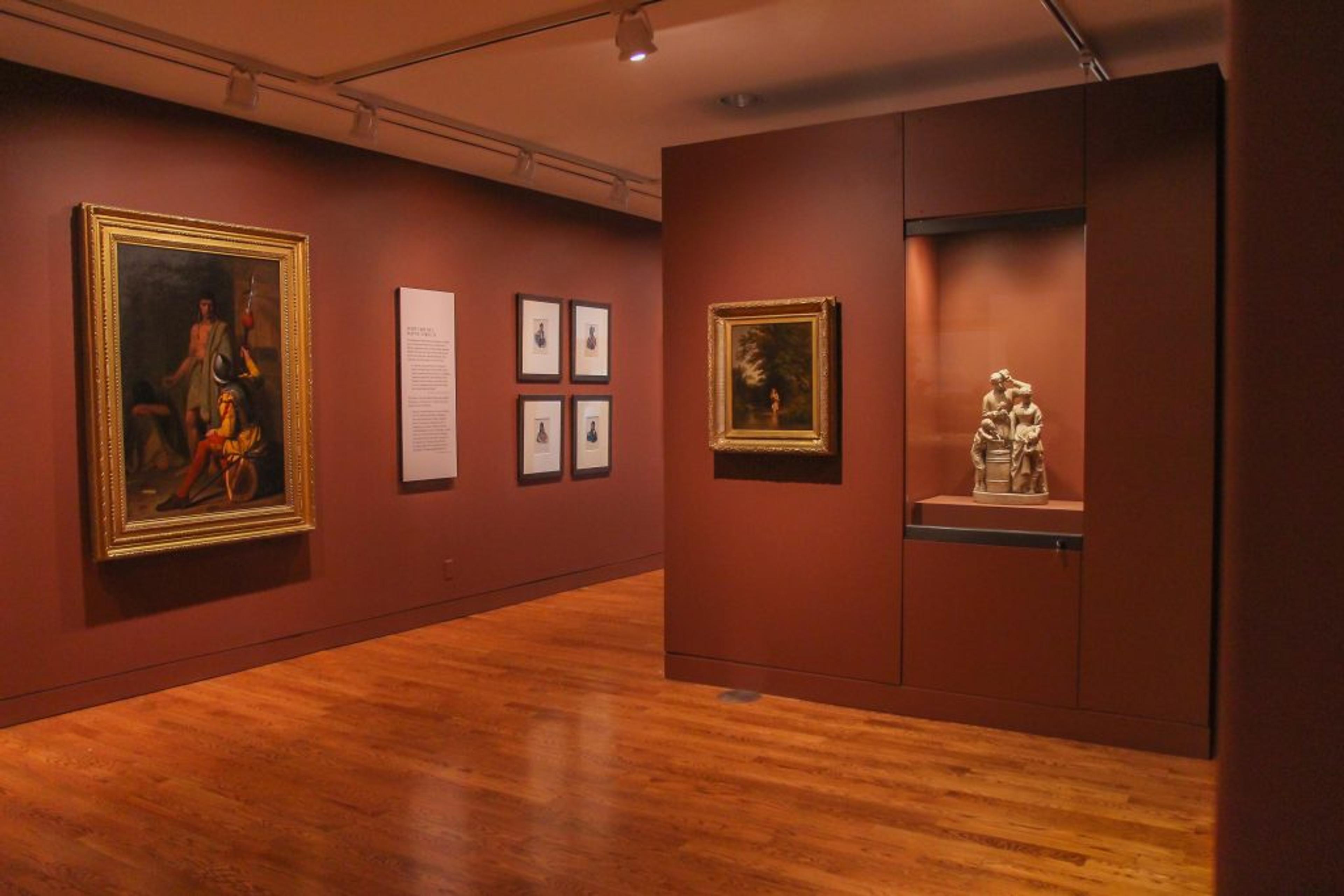Available Traveling
Exhibitions
Art Bridges partners with institutions of all sizes and locations to develop traveling exhibitions featuring American art.

Latest News

Welcome Anne Kraybill, CEO
We are pleased to announce Anne Kraybill as Chief Executive Officer of Art Bridges!
Read More